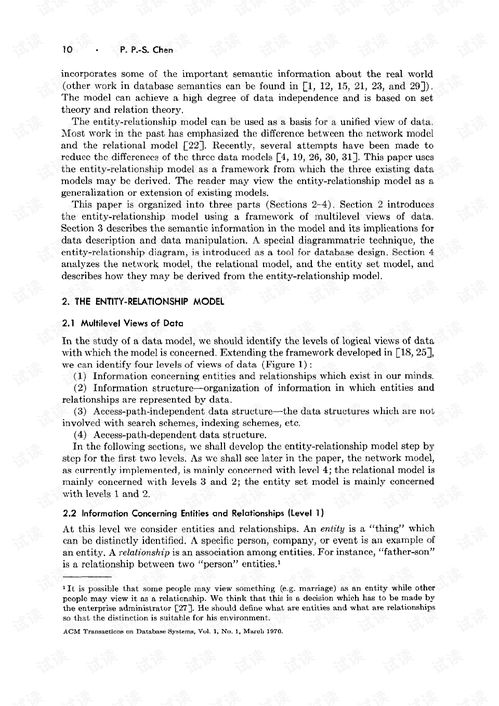Introduction:
Sea rod fishing, with its vast and mysterious oceanic playground, offers an exhilarating experience for anglers of all levels. However, for beginners, the thought of casting out into the deep blue can be daunting. Fear not! This article will guide you through the basics of sea rod fishing, providing simple yet effective techniques to help you catch those big ones. So, grab your rod, tie up your boat, and let's dive into the world of sea rod fishing!
Choosing the Right Equipment:
The first step to successful sea rod fishing is selecting the appropriate equipment. Here's what you'll need:
- Rod and Reel: A strong, durable rod with a medium to heavy action is ideal for sea fishing. Match it with a sturdy reel that can handle the weight of your chosen bait and line.
- Line: Use a monofilament line of 10-20 pounds test for general sea fishing. For larger fish, you may need a heavier line.
- Hooks: Choose the right size and type of hooks based on the bait you're using and the species of fish you're targeting.
- Bait: Live bait, such as squid, sardines, or mackerel, is often more effective than artificial lures for sea fishing.
Casting Techniques:
Casting is a fundamental skill in sea rod fishing. Here are some tips to help you cast effectively:
- Hold the Rod: Grip the rod with your dominant hand, placing your index finger on the reel seat for stability.
- Backcast: Bring the rod back over your shoulder, keeping the line tight and the tip of the rod pointed towards the water.
- Forward Cast: Bring the rod forward with a smooth, continuous motion, releasing the line as the rod reaches its highest point.
- Practice: Casting takes practice, so don't be discouraged if you don't get it right at first. Keep practicing until you're comfortable with the technique.
Choosing the Right Spot:

Finding the perfect spot to fish is crucial for success. Here are some tips to help you choose the right location:
- Research: Use online resources, fishing charts, and local knowledge to identify areas with high fish populations.
- Tides: Pay attention to the tide schedule, as fish tend to be more active during certain phases of the tide.
- Structure: Look for underwater structures such as rocks, reefs, and wrecks, as these are often hotspots for fish.
Baiting and Rigging:
Properly baiting and rigging your hook can make a significant difference in your fishing success. Here's how to do it:
- Live Bait: If you're using live bait, thread it onto the hook so that it can move naturally in the water.
- Artificial Lures: Attach artificial lures to the hook, ensuring they are securely fastened and can move freely.
- Rigging: Use a simple rig, such as a paternoster rig, to prevent tangles and allow your bait to reach the fish effectively.
Patience and Persistence:
Sea rod fishing can be unpredictable, and it's important to remain patient and persistent. Here are some tips to help you stay focused:
- Stay Calm: Keep a relaxed and patient demeanor, as frustration can lead to poor decisions.
- Adjust Your Technique: If you're not having success, try adjusting your bait, rigging, or location.
- Enjoy the Experience: Remember that fishing is about the experience, not just the catch. Take the time to appreciate the beauty of the ocean and the thrill of the chase.
Conclusion:
Sea rod fishing can be a rewarding and enjoyable hobby for beginners and experienced anglers alike. By following these simple techniques, you'll be well on your way to catching those big ones. So, gear up, hit the water, and let the adventure begin!












